Learn about the best types of paper for drawing, sketching, and other art in this quick and simple tutorial. My online drawing website will help you explore the different types of drawing paper and how to choose the best one for your project.
Like with many art materials, have you ever gone to buy drawing paper and been baffled by all the different options? With all the different types and brands out there, it is no wonder that the process is confusing.

Jump to:
- Advice for Beginners
- Quick Tips for Choosing the Best Drawing Paper
- What is Acid Free Paper?
- Drawing Papers Overview
- Is it Better to Buy Drawing Paper in a Pad, Looseleaf or Roll?
- Is One Brand of Drawing Paper Better Than Another?
- Video: Drawing Papers (Everything You Need to Know)
- Transcript
- How to Learn More About Drawing Paper
- Frequently Asked Questions
- You Also Might Like
When selecting art materials everyone wants the best materials that they can buy. However, the type of drawing paper that you need will greatly be determined by the type of project that you plan to complete.
Whether you are learning how to draw, practicing skills, having fun throwing paint around with your lines, keeping a sketchbook or drawing a serious (or a not too serious) masterpiece it is easier and much better to start with the right type of paper.
Advice for Beginners
If you are new to drawing or even if you have been drawing for a little bit it is best to not worry very much about different types of papers. Concentrate you efforts on drawing. Just draw.
Learn how to draw shapes, line quality, and practice drawing what you see. Draw still lives, animals, figures and everything in between. Practice drawing from your imagination and beyond.
Choose inexpensive paper while you are initially learning. Sketch on news print, copier paper or inexpensive sketch paper.
After you have been drawing for a while you might want to consider different types of drawing paper. Here is everything you need to know about drawing paper and the best ways to use the different types.
Quick Tips for Choosing the Best Drawing Paper
- The pounds or grams (lbs./g) of the paper are the weight or how thick and heavy the paper is. The larger the number the heavier the paper.
- Acid free paper will not yellow and deteriorate.
- It is often less expensive to buy larger pads or sheets then cut them down to the size that you need.
- For most basic drawing projects look for an acid free drawing or sketching paper.
- Look for the best paper for your specific project, for example newsprint or sketch paper for sketching or multimedia paper for drawing combined with collage and paint.
What is Acid Free Paper?
Basically, acid free paper is a pH neutral paper that will not easily break down over time. Papers that contain acid will turn yellow and eventually deteriorate.
Papers that contain more acid will break down more quickly than papers with less acid.
For example, an old newspaper clipping will look yellow and start to become brittle and eventually fall apart. This is because newsprint, the paper that news papers are printed on contain a lot of acid.
Obviously no paper will not last forever but If you want your drawings to last a last a long time choose a paper that is acid free. By using an acid free paper hopefully your art will last for many generations.
Drawing Papers Overview
Newsprint
Newsprint is lightweight and inexpensive. It is great for sketches, practice or compositional planning. It is readily available in most arts and crafts stores and online.
It is made from cellulose wood pulp fiber and yes, it is the same type of paper that news papers are printed on.
However, it is not acid free, which means that it will yellow and deteriorate over time. In other words, don’t use is to create your Mona Lisa or other masterpiece on.
In addition, marks tend not erase well from newsprint. The paper is delicate. The fibers will fall apart with too much erasing and can tear easily.
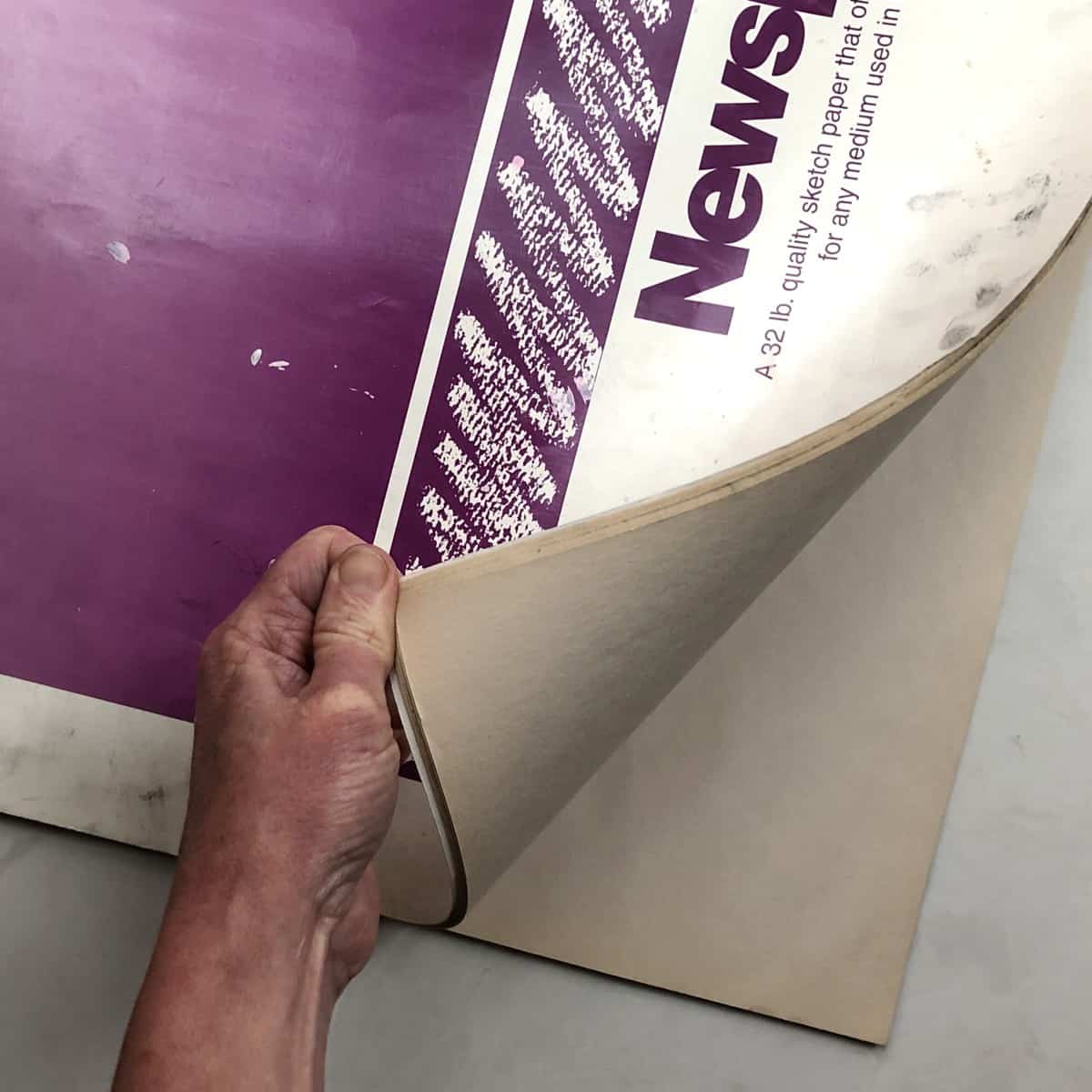
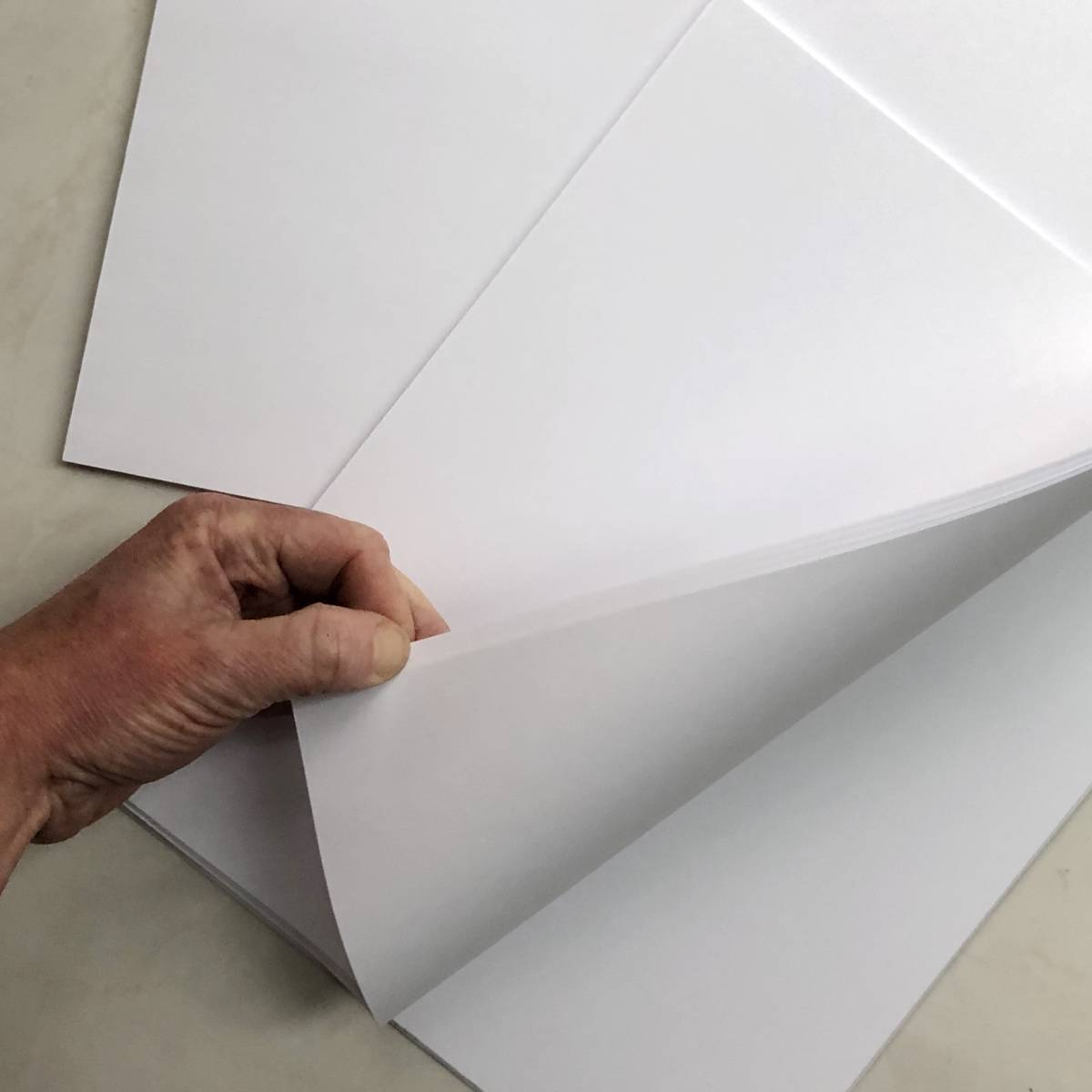
Printer/Copier Paper
Printer paper is good for sketching, project planning, practice or quick projects. It is inexpensive and available in office supply stores, large chain stores and online.
It is comes in acid free or non-acid free variety. About 80% of copier papers are acid free, however, they are not always listed as acid free. Make sure to purchase a paper that is acid free if you want your drawing to last.
It comes in loose sheets and in limited sizes, usually 8.5 by 11 inches (sometime it can also be purchased in 8.5 by 14 inches and 11 by 17 inches).
Printer/copier paper has a smooth surface and does not lock onto graphite, charcoal or other mediums in the same way the drawing paper will. Drawings tend to smear a little bit more than if using drawing paper.
Drawing Paper
Drawing paper is made from wood cellulose or cotton fibers. It is usually acid free but make sure to look for the acid free label on the cover or package.
It is available in different weights. Drawing papers usually range from 70 to 80 lbs. (100 to 130 gsm.)
It is also available in different surface grains (coarse, medium, fine). This designates how much texture the surface has. A coarse paper will be slightly bumpier than a fine grain paper and tends to grab on to the drawing medium more.
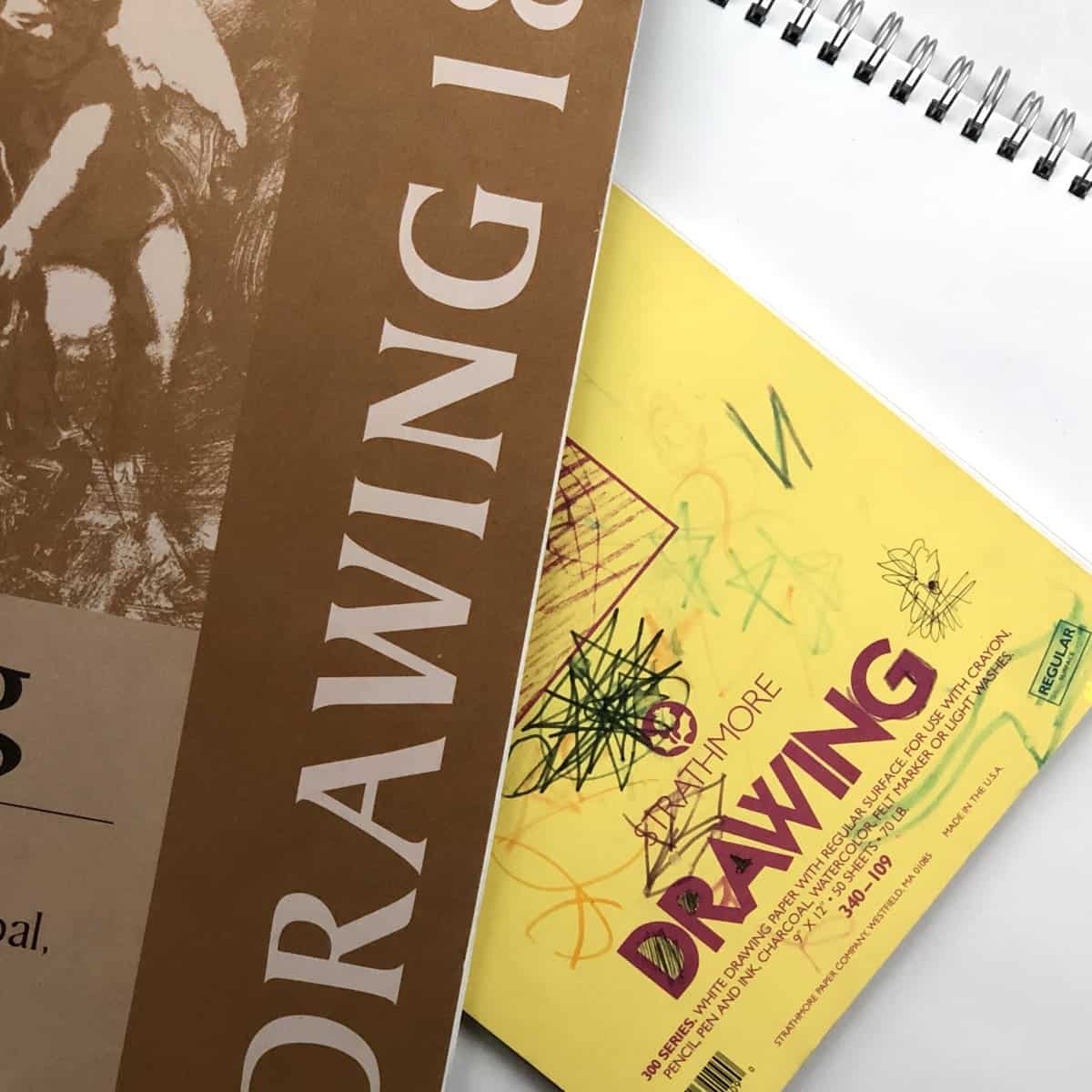
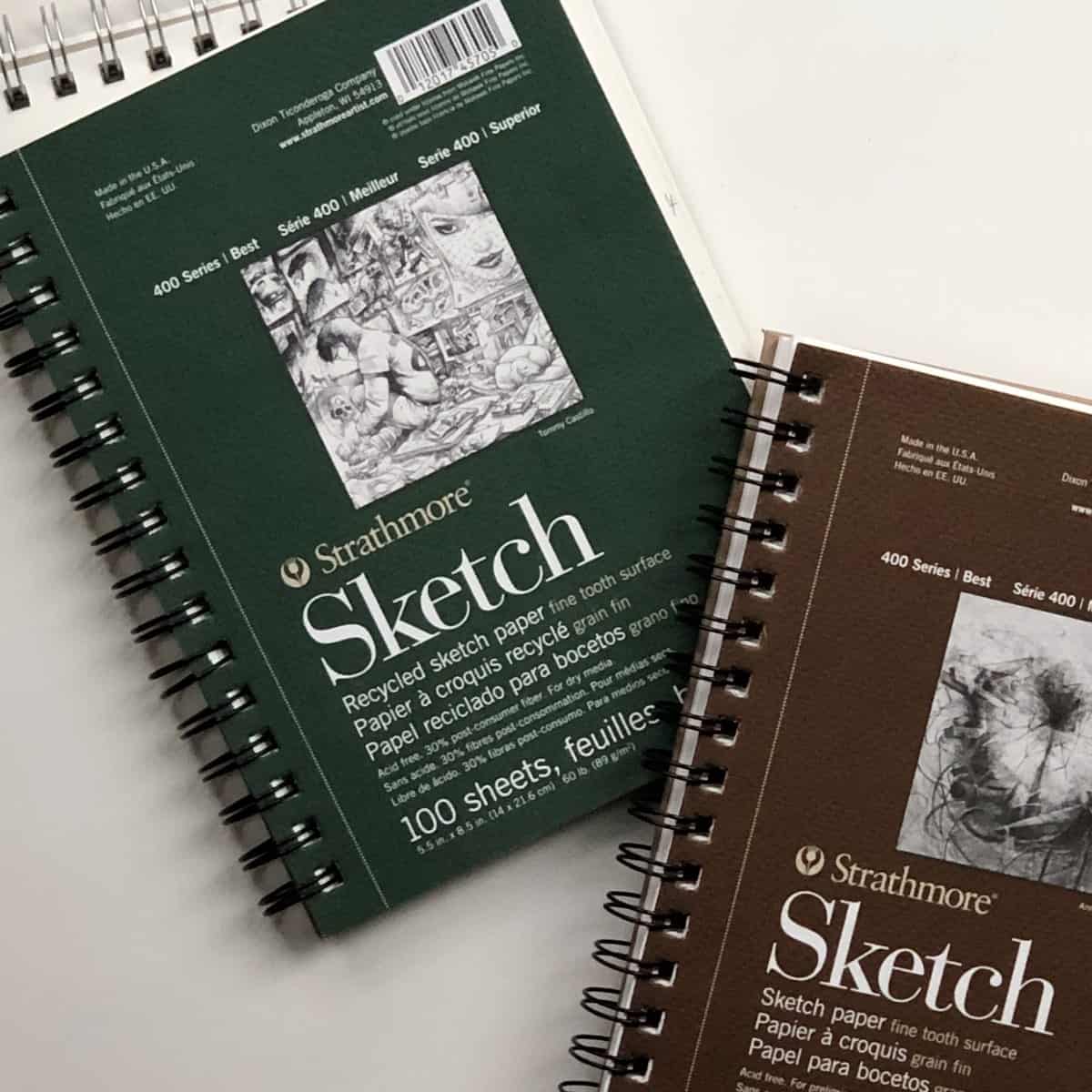
Sketch Paper
Sometimes called practice paper, sketch paper is made of wood cellulose or cotton. Like drawing paper, it is usually acid free but make sure that it is labeled as acid free on the cover or package.
Sketching paper is slightly lighter than drawing paper and usually ranges from 50 to 60 lbs. (75 to 90 gsm.)
The main difference between sketching paper and drawing paper is the weight. Drawing paper tends to be a little bit heavier and more sturdy. Because sketching paper it is lighter, is also less expensive.
Multimedia Paper
Designed to hold up to painting, collage work and other multimedia projects, multimedia paper is heavier than typical drawing paper. Again, make sure it is labeled as acid free.
This is a great paper if you will be drawing and adding other elements such as paint, glued in paper or found object into your work. This paper is made to take a beating.


Bristol Board
The name comes from the early days of European printmaking when the best papers were sent to Bristol to be laminated.
Bristol board is a stiff, heavy paper with a smooth surface. It comes in two surface qualities, smooth and vellum.
Smooth Bristol works especially well for graphite, mechanical pencil, airbrush, pen and ink and illustration markers. Drawings with fine lines and details are easy to accomplish.
Vellum Bristol has some texture to adhere to dry media such as graphite. It is best for graphite, colored pencil, charcoal, pastel, and crayon projects. More shading and toning is achievable because of the texture, compared to the smooth variety.
Watercolor Paper
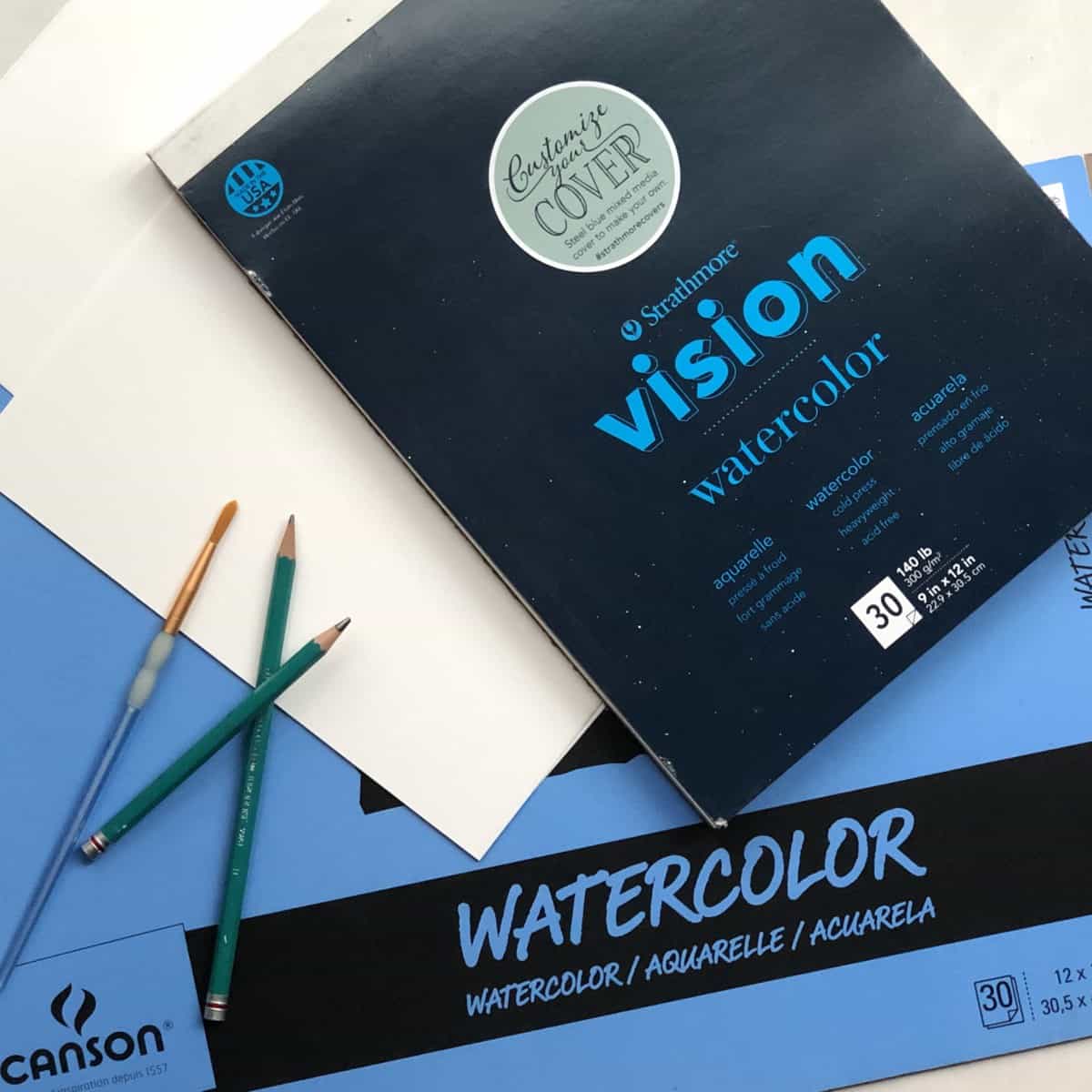
Watercolor paper is made from cotton, acid-free wood pulp, linen, or a mix of those fibers.
It is designed for use with watercolor painting but it can also be used for drawing in combination with watercolor, water media (such as ink or gouache) or other mixed media.
Because of its heavier weight, it will also work for drawing combined with collage material.
Make sure it is labeled as acid free. Watercolor paper is most commonly available in 140 lbs. (300 gsm.). It is also available in 300 lbs. (640 gsm.) weight.
Watercolor paper also comes in hot press or cold press options, this refers to the surface texture. Cold press has a bumpy textured surface while hot press has a smooth surface.
Cold press paper also tends to be more absorbent and dry more quickly.
If you are strictly drawing on watercolor paper the hot press with a smoother surface will be your best choice. If you are combining drawing with other water media it will depend on the specific project as well as your personal preference.
Is it Better to Buy Drawing Paper in a Pad, Looseleaf or Roll?
Drawing paper can be purchased in looseleaf sheets, pads or rolls. Buying paper in pads or loose leaf or rolls is often just personal preference but here is everything that you need to know about it.
Pads
Pads of paper typically can have a spiral binding or a “perfect” binding, this is when one edge has been glued together, usually with a cover over the whole pad.
It can be cheaper to buy a pad of paper for your drawing projects. Larger pads are usually less expensive for total square footage of paper so it can be a good idea to buy a larger pad and then cut it down into smaller sheets yourself.
Pads are also great because it leaves you with a larger stockpile of paper to experiment on and just go crazy drawing! Commonly, drawing pads are available in sizes up to 24 by 36 inches.
Small spiral bound books work the best for sketchbooks that you plan to leave the drawings in long term. Theses will lay flat for easy sketching and are easy to take with you or store on a book shelf.
Looseleaf
Looseleaf paper is basically single sheets of drawing paper sold individually or in a package. It is usually available for higher end drawing paper and specific types, weights and sometimes, sizes of paper.
Fine art stores will often sell single sheets of looseleaf paper. This can be a great option especially if you just want to try out a certain paper without spending too much. Just be wary of buying any paper that has been handled too much or, bent on the corners or bruised (smashed, folded or bent in the middle).
Online art stores will often sell sheets of looseleaf drawing paper either singly or in packages. Given the option, it is better it buy it in unopened packages if you will be able to use the quantity. Sometime a quantity discount is available when ordering more than several sheets at a time as well.
Rolls
Rolls of drawing paper are available in many different brands, types and weights and surface textures. The large roll formats will give you unlimited options for the size and space of a drawing.
On the downside it can be expensive to purchase an entire roll of drawing paper and you will need to be able to measure and cut the paper yourself.
Rolls are especially great for specific projects require a long running piece of paper or if you simply need larger or hard to find sizes.
Is One Brand of Drawing Paper Better Than Another?
Most major paper brands are comparable when it comes to drawing paper. This doesn’t mean that all paper is created equally.
Different brands will also be available in different areas and locations. If you like shopping at a local arts or crafts store look for a paper that is appropriate for what you want you use it for (like for practice vs. fine drawing).
Just make sure to look for the right type of paper (drawing, sketching, newsprint, watercolor, Bristol or multimedia) for your project. Also, choose something in the size you want with a texture that you like.
If you already know what you want, shopping online with a major art supply store can give you more variety and often better prices.
Also, make sure to choose an acid free paper for anything that you want to have last a long time.
Video: Drawing Papers (Everything You Need to Know)
Transcript
Read TranscriptHow to Learn More About Drawing Paper
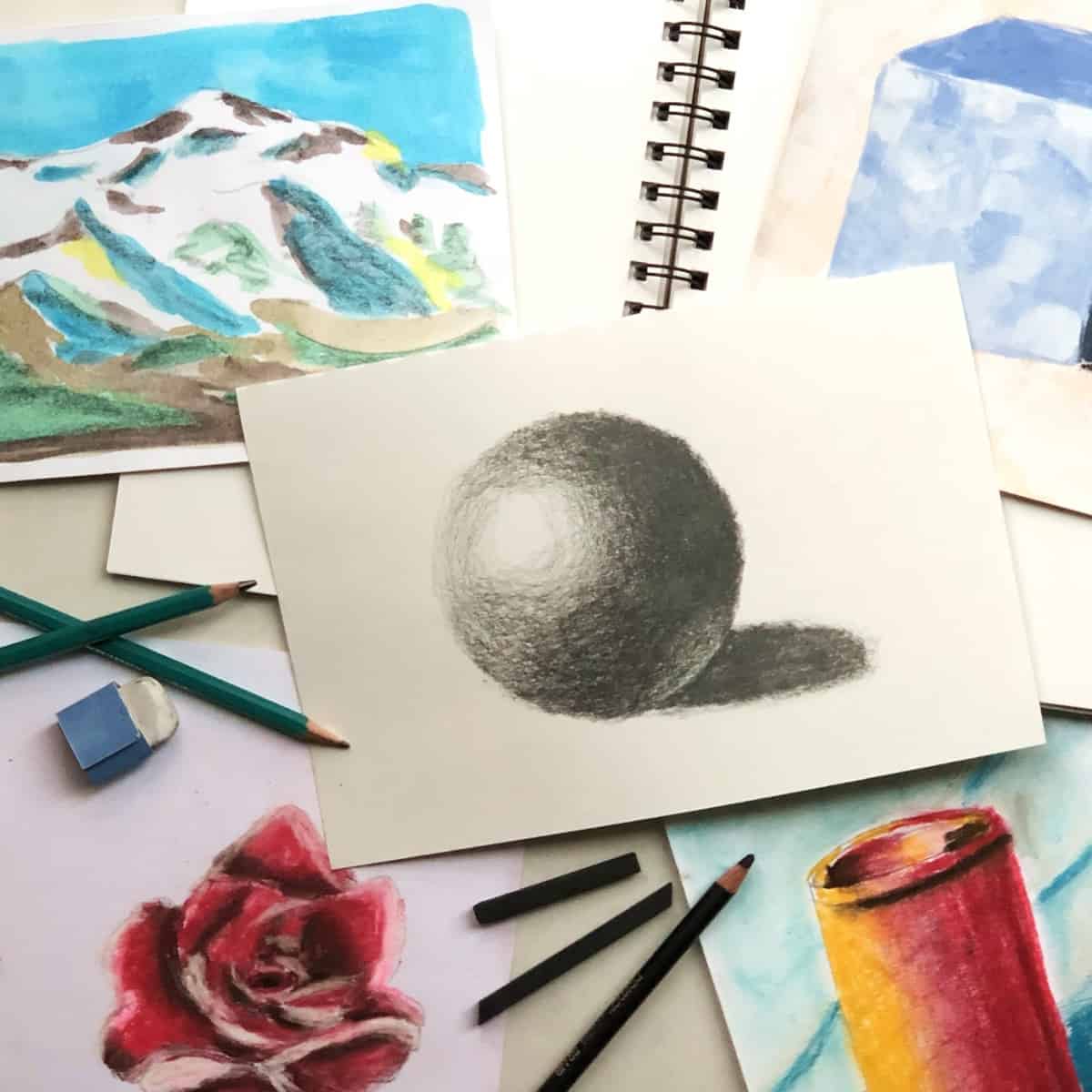
The best way to learn more about drawings papers it to try them out. Buy a small pad or a few sheets and start drawing.
If you don’t have a specific project in mind, lay out several different types of paper then try making a few different types of marks on each one. Practice drawing a cube, sphere or just some lines.
Repeat this drawing in different mediums that you like to use. Try it out in pencil, pen, colored pencils, charcoal, pastels, markers and so on.
Consider how the paper feels when you are drawing. Think about these factors when you are using trying it out:
- How does it grab onto your medium?
- Does it show a great amount of value (lights and darks)?
- Does it allow you to blend the value?
- Does the paper catch onto the medium and make your pencil stop and skip while you are drawing or does it move smoothly over the surface?
- Is it easy to find and use?
Frequently Asked Questions
The best kind of drawing paper depends on the type drawing you will be doing. Pencil, charcoal, or pen and ink drawings are best on an acid free drawing paper that is approximately 70 to 80 lbs. (100 to 130 gsm.) For sketching, newsprint copy paper or sketch paper is the best.
Basically, acid free paper is a pH neutral paper that will not easily break down over time. Papers that contain acid will turn yellow and eventually deteriorate.
Obviously no paper will not last forever but If you want your drawings to last a last a long time choose a paper that is acid free. By using an acid free paper hopefully your art will last for many generations.
Non-acid free papers are fine for practice, sketching or planning just remember that they will not last the test of time.
Most major paper brands are comparable when it comes to drawing paper. Just make sure to look for the right type of paper (drawing, sketching, newsprint, watercolor, Bristol or multimedia) for your project. Also, choose an acid free paper for anything that you want to have last.
The main difference between sketching paper and drawing paper is the weight. Drawing paper tends to be a little bit heavier and more sturdy. Because it is heavier, is also more expensive.



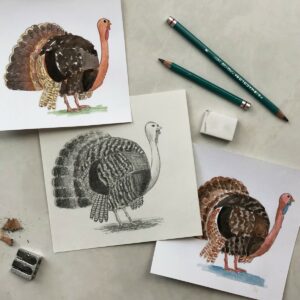

Kelsey says
thank you. i needed to know which kind of paper to buy.